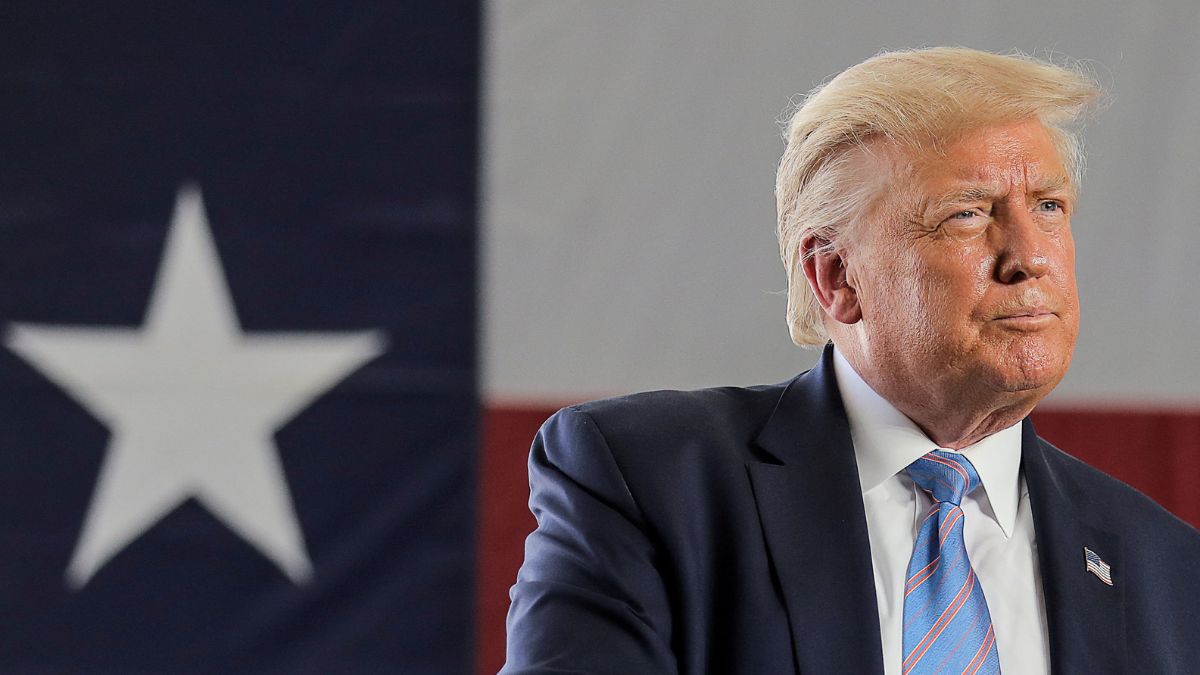On January 20, next year, as the 47th President of the United States of America, Donald Trump is set to take centre stage in world politics. There is a lot of churning happening in the power corridors of great and emerging powers as to how his policies will impact the region they belong to. The Indo-Pacific is one such region.
In his earlier term, Trump has shown a remarkable zeal to enable Indo-Pacific security as a chief concern in world politics. Indo-Pacific is a near entrant in the strategic lexicon. Three main factors constitute its rapid development in the strategic landscape; one is the return of manufacturing hubs eastward, which has caused an increase in the sea lines of communication. The second reason is the rise of Eastern economic and strategic powers , including China, India, and Japan. The third reason is Chinese belligerence in the region, which increased manifold after Xi Jinping’s ascent to power.
The Indo-Pacific region has also historically seen an all-out war in the Cold War. These few concerns are central to the development of the US’ strategy for the Indo-Pacific. Unlike NATO, which has been an anchor for European security during the Cold War period, the US here relied on making bilateral alliances commonly known as the ‘hubs and spokes arrangement’. Japan, the Philippines, Thailand, and Australia had security ties like this with the US during the Cold War period.
After the end of the Cold War, the liberal economic development led towards close cooperation in the region and enabled the growth of two nuclear-armed neighbours, India and China. It was all going hunky-dory until the Communist Party of China appointed Xi Jinping as its leader and the leader of China. His nationalist revisionist stances problematised the security calculus in the region, prompting the other powers in the region to take a stance against it.
During the first term of President Trump, it was clear that the Indo-Pacific would be a central focus of American foreign policy priorities. The 2022 Russia-Ukraine war and the 2023 Israel-Hamas conflict have indeed kept the foreign policy mandarins of the US busy, but President Trump’s aggressive stance against China in trade-related areas is visible; it can very soon translate into areas of strategic importance such as the Indo-Pacific and the South China Sea.
Impact Shorts
More ShortsThe South China Sea continues to play a pivotal role in China’s regional dominance strategy. Island dredging, making and militarising artificial islands, and the stationing of coast guard vessels in disputed territories have created a volatile security situation. Such actions undermine the sovereignty of countries such as the Philippines and Vietnam and undermine the UNCLOS. Trump’s policies might challenge China’s “grey-zone tactics” in disputed waters, such as maritime militias and artificial island construction. Enhanced defence agreements, like the US-Philippines Enhanced Defence Cooperation Agreement (EDCA), may be used to project power in the region. However, Trump’s transactional diplomacy and sometimes neglect of multilateralism could leave holes in a unified regional strategy.
Other than the South China Sea, Taiwan also complements the security calculus of the Indo-Pacific. Trump’s first term has seen a significant escalation in arms sales to Taiwan, including advanced weaponry such as F-16 fighter jets, Stinger missiles, and coastal defence systems. A second term could accelerate this trend, focusing on providing Taiwan with asymmetric warfare capabilities to counter a potential Chinese invasion. Such assistance might include increased sales of drones, cyber defence systems, and naval vessels.
Advanced missile systems such as the High Mobility Artillery Rocket System (HIMARS) would strengthen the capacity of Taiwan’s deterrence against possible amphibious attacks.
By looking at this complex picture, one can assess that there might be ample possibilities of a highly militarised Indo-Pacific, considering the threats from China. The Quadrilateral Security Dialogue (Quad) is one such initiative led by the dominant powers of the region, except China, which works as a balancing strategy for the potential threat. Quad members, Australia, Japan, India, and the US, have tried to develop an institutional structure that, in case of any threat, can be used.
Nevertheless, it is not as institutionalised as NATO which binds the member states for collective defence against any threat. Many times, China has accused the alliance by naming it ‘ Asian NATO ’ working against it. Nevertheless, the Quad countries have reiterated that they promote ASEAN centrality for a free and open Indo-Pacific, which effectively translates into enabling the smaller states of the Indo-Pacific to have their own vision for the Indo-Pacific.
In September 2025, India will host the Quad Summit, which will be attended by President Trump. There is a high chance that the roles of Quad might get redefined. The collective naval capabilities of the Quad are critical to freedom of navigation and countering China’s grey-zone tactics. Already, joint exercises, such as the Malabar naval drills, demonstrate the Quad’s ability to operate in contested waters and project power in the region. The Quad can strengthen the maritime capabilities of the smaller Southeast Asian nations. Vietnam, the Philippines, and Indonesia can be offered training, equipment, and surveillance technologies to be effective against Chinese coercion.
Having said that, to conclude, Trump 2.0 will likely exacerbate the competitive dynamic between the US and China, challenging the Indo-Pacific’s precarious balance. Although his hardline posture may discourage Chinese assertiveness, inconsistent multilateral engagement might alienate Southeast Asian states. In this case, Quad may rescue him. The future course of US influence in the region will depend on Trump’s ability to navigate alliances in a manner that counters China’s ambition but promotes regional stability. Nevertheless, the region is going to be volatile for the next few years.
Harsh Pandey is a PhD Candidate in the Centre for European Studies, School of International Studies, Jawaharlal Nehru University, New Delhi. Views expressed in the above piece are personal and solely those of the author. They do not necessarily reflect Firstpost’s views.
)